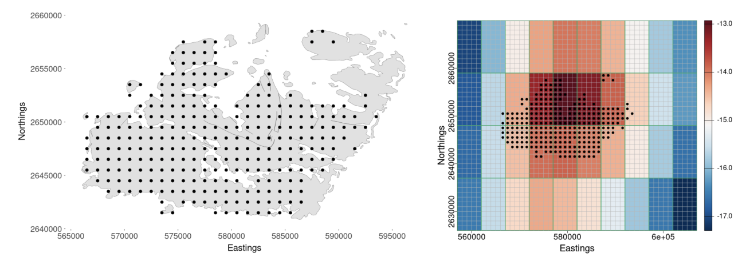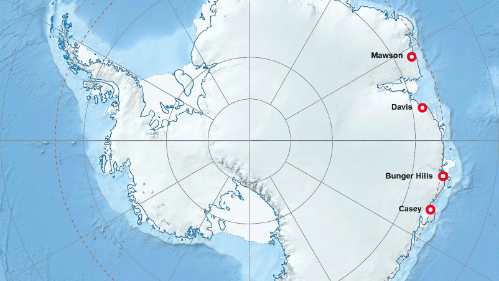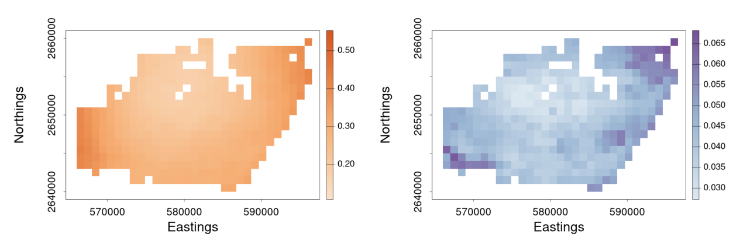Next, we incorporate these downscaled samples in GLM inference. At the core of our framework is a spatial Berkson-error model. Berkson error happens when data on explanatory variables are not obtained, collected, or measured with error (Carroll et al., 2006). In this model, an explanatory variable at fine resolution, say $X^{\left(f\right)}\left(s_i\right)$ on the BAU located at $s_i$, is decomposed into two components:
$$X^{\left(f\right)}\left(s_i\right)={\hat{X}}^{\left(f\right)}\left(s_i\right)+\eta^{\left(f\right)}\left(s_i\right),$$
where ${\hat{X}}^{\left(f\right)}\left(s_i\right)$ is the mean of the downscaled samples at the $i$-th BAU, and $\eta^{\left(f\right)}\left(s_i\right)$ represents a downscaling error. Importantly, the downscaling error is spatially correlated, reflecting the natural spatial structure and heterogeneity of environmental processes.
Recall that a GLM with an explanatory variable can be written as, for $i=1, \dots, n\thinspace$,
$$\begin{aligned}
\left[Z^{\left(f\right)}\left(s_i\right)\thinspace|\thinspace Y^{\left(f\right)}\left(s_i\right)\right] &=EF\left(Y^{\left(f\right)}\left(s_i\right)\right),\\
g\left(Y^{\left(f\right)}\left(s_i\right)\right) &=\beta_0+\beta_1X^{\left(f\right)}\left(s_i\right),\\
\end{aligned}$$
where $Z^{\left(f\right)}\left(s_i\right)$ is the response data; $\left[Z^{\left(f\right)}\left(s_i\right)\thinspace|\thinspace Y^{\left(f\right)}\left(s_i\right)\right]$ denotes the conditional distribution of $Z^{\left(f\right)}\left(s_i\right)$ given $Y^{\left(f\right)}\left(s_i\right)$; EF is a distribution that belongs to an exponential family such that $E\left(Z^{\left(f\right)}\left(s_i\right)\thinspace|\thinspace Y^{\left(f\right)}\left(s_i\right)\right)=Y^{\left(f\right)}\left(s_i\right)$; $g\left(\cdot\right)$ is a link function, with unknown regression parameters $\beta_0$ and $\beta_1$ and a single covariate $X^{\left(f\right)}\left(s_i\right)$. Of particular interest is $\beta_1$, the coefficient of the climate explanatory variable $X^{\left(f\right)}\left(s_i\right)$.
To account for the downscaling uncertainty properly, both components, ${\hat{X}}^{\left(f\right)}\left(s_i\right)$ and $\eta^{\left(f\right)}\left(s_i\right)$, are included in the GLM for inference, as follows:
\begin{aligned}
g\left(Y^{\left(f\right)}\left(s_i\right)\right)&=\beta_0+\beta_1X^{\left(f\right)}\left(s_i\right)\\
&=\beta_0+\beta_1\left({\hat{X}}^{\left(f\right)}\left(s_i\right)+\eta^{\left(f\right)}\left(s_i\right)\right)\\
&=\beta_0+\beta_1{\hat{X}}^{\left(f\right)}\left(s_i\right)+\delta^{\left(f\right)}\left(s_i\right).\\&\\
\end{aligned}
Here, the downscaling uncertainty is incorporated through the component $\delta^{\left(f\right)}\left(s_i\right)\equiv\beta_1\eta^{\left(f\right)}\left(s_i\right)$, which is seen to be the downscaling error $\eta^{\left(f\right)}\left(s_i\right)$ scaled by $\beta_1$. The simulation results given in Figure 4 show why including the downscaling error matters: Inference using CORGI (colour blue) is valid compared to the commonly used ‘plug-in’ approach (colour green), which simply substitutes ${\hat{X}}^{\left(f\right)}\left(s_i\right)$ without accounting for the error (i.e., $g\left(Y^{\left(f\right)}\left(s_i\right)\right)=\beta_0+\beta_1{\hat{X}}^{\left(f\right)}\left(s_i\right)$). Another approach called ‘ensemble’ (colour red) shown in Figure 4, directly includes downscaled samples without using the Berkson-error decomposition (i.e., $g\left(Y^{\left(f\right)}\left(s_i\right)\right)=\beta_0+\beta_1{\widetilde{X}}^{\left(f\right)}\left(s_i\right)$, where ${\widetilde{X}}^{\left(f\right)}\left(s_i\right)$ is a downscaled sample). While the ‘ensemble’ approach seems intuitively appealing, it can lead to biased and invalid inferences. Recall that CORGI incorporates downscaling uncertainty in GLM inference. Figure 5 demonstrates Monte Carlo downscaled samples of $\mathbf{X}^{(f)} = (\mathit{X}^{(f)}{(s_1)}, \dots, \mathit{X}^{(f)}{(s_N)})^{\top}$ and Monte Carlo samples of $\mathbf{Y}^{(f)} = (\mathit{Y}^{(f)}{(s_1)}, \dots, \mathit{Y}^{(f)}{(s_N)})^{\top}$.
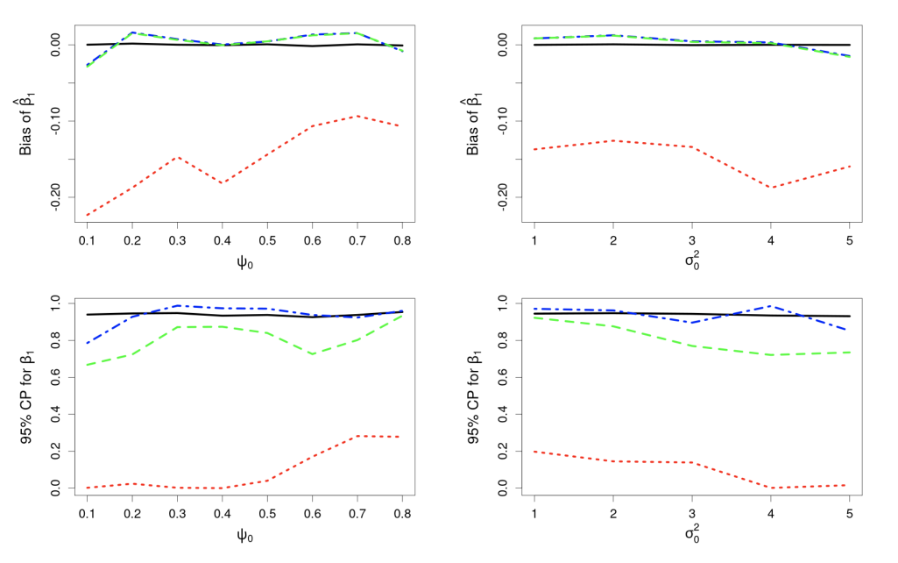
Figure 4: Comparison of CORGI (blue) to other methods, ‘plug-in’ (green) and ‘ensemble’ (red), where the black line represents the target quantity (Bias = 0; CP = 0.95). Top row: Bias of estimate ${\hat{\beta}}_1$ against spatial range $\psi_0$ and spatial variance $\sigma_0^2$, respectively. Bottom row: Coverage probability (CP) for $\beta_1$ against spatial range $\psi_0$ and spatial variance $\sigma_0^2$, respectively.
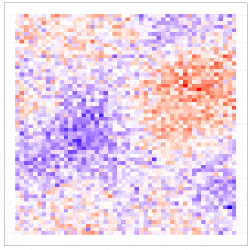
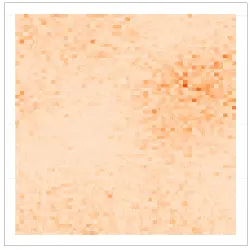
Figure 5: (left panel) 100 Monte Carlo samples of $\mathbf{X}^{(f)}$; (right panel) 100 Monte Carlo samples of $\mathbf{Y}^{(f)}$ under CORGI.

